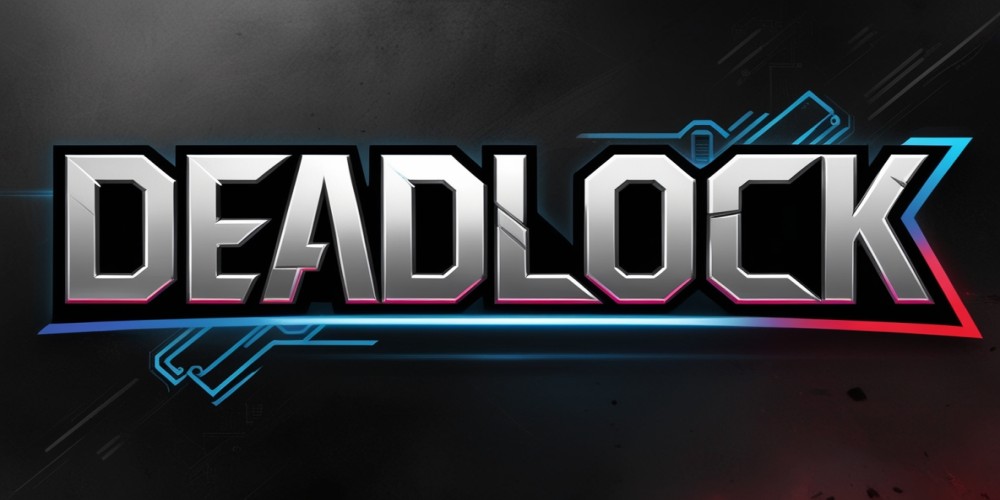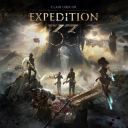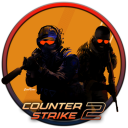Navigating the Crossroads: The Impact of Deadlock on the Future of Counter-Strike 2 and the FPS Community
Oct-01-2024

As the realm of gaming keeps progressing, the spotlight often shifts from one title to another, causing both anticipation and trepidation among players. Recently, Valve Corporation launched its new title, Deadlock, generating excitement and drawing a significant player base eager to explore this fresh addition. However, alongside this wave of enthusiasm, an undercurrent of concern has surged among fans of Counter-Strike 2 (CS2). Many are beginning to question what Deadlock's success could mean for the future of CS2, particularly in light of its predecessor, Team Fortress 2 (TF2), which has seen a worrying decline. This article explores the intricacies of these games, player sentiments, and the implications for the community at large.
Exploring the Initial Buzz Surrounding Deadlock
Upon its release, Deadlock made an impressive entrance in the gaming world. Although it is currently in an invite-only beta phase, it has skillfully won the adoration of countless gamers. The praise for the game has been resounding, showcasing the potential for ongoing interest and engagement.
The Lingering Shadows of Counter-Strike 2
Amid the excitement for Deadlock, CS2 fans are casting wary glances at its trajectory. A recent social media conversation comparing the initial patch of Deadlock with CS2’s most recent update has raised eyebrows. Such discussions have sparked anxiety about whether CS2 might follow in the footsteps of TF2, which has faced its share of troubles.
The Decline of Team Fortress 2: A Cautionary Tale
To understand the current concerns, it's essential to reflect on the history of TF2. Once a vibrant game with a thriving community, it has succumbed to a range of issues over time, including prevalent cheating, bot activity, and a notable lack of updates from Valve. The dwindling official support has pushed many players towards private servers, stripping the game of its once-great status.
Deadlock: The New Darling
Unlike TF2, Deadlock has positioned itself as the center of attention for Valve. Early updates since its beta release have introduced a plethora of new content, signaling a company investment in its ongoing development. The contrast is stark when juxtaposed with the recent updates for CS2, which often feel minimal and unsatisfactory to the player base.
Unpacking Player Disappointment with CS2
Such frustrations stem from real player experiences. After the shift to a new game engine, numerous features and maps from Counter-Strike: Global Offensive (CS:GO) have been removed, leaving players feeling bereft of essential content. One player lamented that “80% of the content” had disappeared, leading to dissatisfaction with the new iteration.
Esports and the Counter-Strike Legacy
Despite the growing discontent, CS2 still boasts the largest presence in the FPS esports scene today. Regular international tournaments emphasize its enduring appeal, keeping the community engaged and hopeful for future updates. The game's robust competitive structure offers a strong foundation that separates it from TF2’s decline.
Perceptions of Importance: Valuing CS2’s Position
While some players may express skepticism about the game's future, it’s vital to recognize the unique position CS2 holds in the gaming community. Counter-Strike has emerged as a staple within the FPS genre, ensuring a loyal player base for years to come—unless Valve makes significant missteps in management.
Community Passion: A Double-Edged Sword
The intensity of player passion can at times amplify dissatisfaction. Concerns about CS2 becoming an overlooked title echo sentiments felt during TF2's decline. Although the community's voice may seem alarmist, it stems from a place of genuine investment in the game.
Deadlock: A Bright Future or Temporary Fad?
The dedication Valve has shown towards Deadlock raises questions: Will this new title represent a pivotal shift in the company’s priorities? As players enjoy the game's continuous improvements, it leaves a lingering concern—what happens when enthusiasm wanes? The future remains uncertain, and time will tell whether Deadlock will maintain its momentum.
A New Battlefield: Creative Competition
The gaming sector is ever-evolving, creating an environment where competition can drive innovation. Deadlock’s release has reinforced that with the right development approach and community engagement, a game can flourish. This underscores the need for CS2’s continued evolution if it hopes to stay relevant in this dynamic environment.
The Role of Community Feedback
In both instances, player feedback is critical. Community input can shape the trajectory of games, guiding developers towards necessary improvements and content. As audiences express their desires and inspirations, the response from developers can make or break a game's reception in the long run.
Drawing Parallels: The Reckoning of Legacy Titles
The rise of new titles leads to introspection for longstanding games. How can legacy titles like CS2 remain fresh and engaging while being overshadowed by newer games? Balancing nostalgia with innovation is a fine line that developers must tread with care.
Enduring Loyalty: The Counter-Strike Community
No matter the challenges, the Counter-Strike community remains steadfast. The strength of this community offers CS2 a safety net—players are willing to await improvements and updates, energized by the hope that their game will evolve as it has in the past.
The Uncertain Future: Predictions and Possibilities
The question looms: Will CS2 ultimately become neglected like TF2? The unanswered nature of this question fuels speculation and fear. As the gaming industry changes, one certainty remains: the potential for revitalization always exists.
A Call to Action
Gamers and fans should remain vigilant, voicing their desires and supporting their favorite titles. Whether through social media or direct feedback to developers, participation in these conversations can help guide the future of CS2, ensuring it does not end up as a footnote in gaming history.
As the community continues to engage in dialogue, it will certainly pique curiosity to observe how the landscape changes and how Valve navigates the complexities of its gaming portfolio, particularly with the simultaneous existence of both new and legacy titles.







